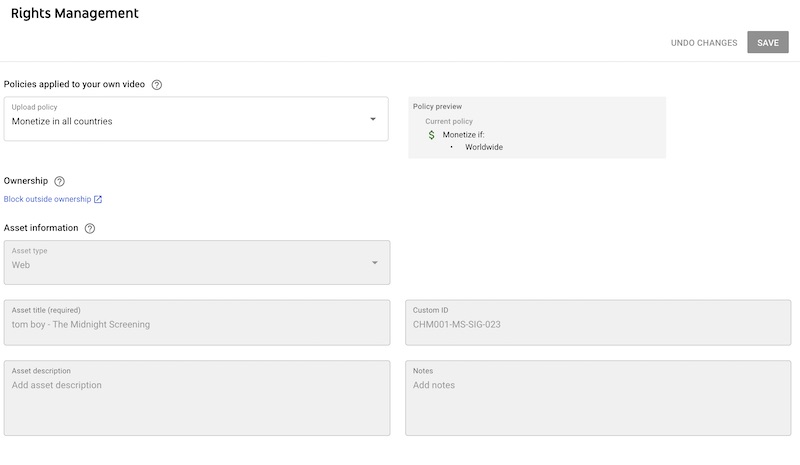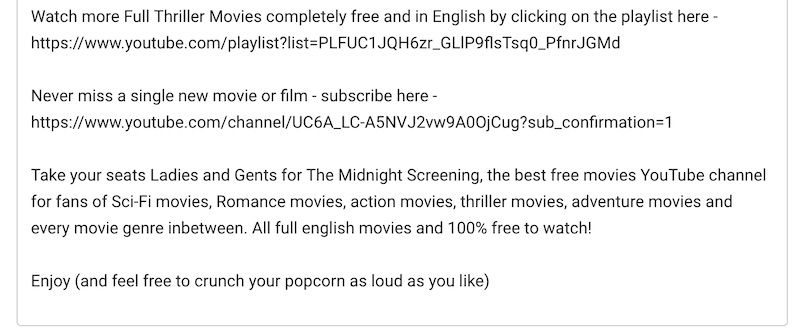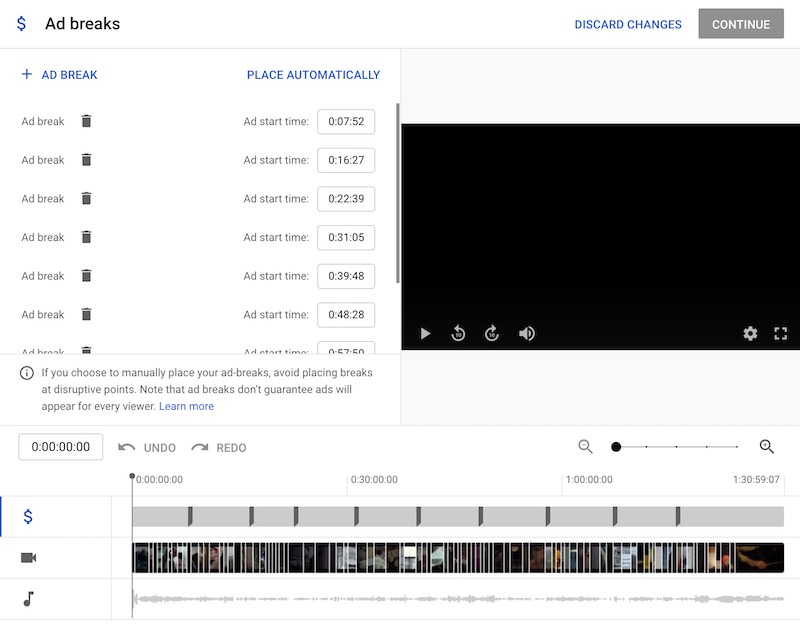The main task of Pro channel manager is to run a channel. This blog post will cover the eight key tasks of a professional YouTube channel manager. It offers an overview of what the work of a YouTube channel manager job actually entails.
Keep reading if you’re already working in professional channel management or you’re interested in starting a career in channel management, or if you’re a YouTuber looking to hire a manager for your channel, you’ll find some nuggets in here as well.
I’ve managed all sorts of channels in various environments — but no matter who I’ve worked for — the basic principles of the job tend to remain the same.
Set Yourself Up For YouTube Success, Onboard First
First thing first, there is a three-step onboarding process I recommend doing before starting work on a new channel.
Before you have any hopes of growing a channel, you have to establish the kind of videos you’re dealing with in order to develop a growth strategy. The three steps to this onboarding process are:
1) Audit
Audit the four main areas to bring the channel up to scratch — whether that’s changing a few settings here and there or overhauling the entire channel strategy.
They are:
Channel tone and channel identity
Channel upload strategy
SEO and metadata
Content
2) YouTube Keyword Research
Keyword research is finding out what people are searching for related to your channel/niche. This helps find not only what people are searching for, but the exact language they use when searching and the level of competition around those topics.
Once you know that, you can set your titles, tags and descriptions based on the research that you’ve compiled.
3) Benchmarking YouTube Analytics
You’ll never be able to show what you’ve achieved while managing a channel if you don’t know the state of the channel before you started working on it. So, if you want to be able to report back to stakeholders with solid performance data, benchmark key analytical data such as:
Average monthly views
Average monthly subscribers
Average view duration
Average view percentage
Monthly revenue
Ok, we’re onboarded and ready to go – what does the day to day look like?
8 Key Tasks of a YouTube Channel Manager
1) The Physical Upload
As simple as it sounds, there are several components to this, especially if you’re working for a big media company. Many clients have their channel inside of a content management system, which means you need to set up a few extra settings before publishing a video, such as:

2) Crafting Video Titles
This is where your keyword research comes into play. Your titles need to fit into your niche, and to do that, I use a three-layered system on which to build all the metadata:
*Pro tip: Copywriting skills are vital in the field of YouTube channel management. If you can’t write engaging copy that will get plenty of clicks, you won’t be successful.
3) Writing Descriptions
Like the titles I recommend a three-layered approach for writing YouTube descriptions.
Please bear in mind when crafting any copy that this all must be well-written for both humans and the YouTube algorithm. Copywriting is key!
Also remember — Your keywords should be up top, and you should include a description of the actual video in a short synopsis. You never want to put links “above the fold.”
Here’s the three-part strategy for writing descriptions:
*Pro tip: Curation is key for YouTube channel managers, and descriptions are a great place to curate your other videos, so link to previous videos and playlists the channel has published whenever possible.

4) Adding YouTube Tags
You might not think they’re relevant, but they are. There’s evidence that they work, and if anything, you’d rather take an extra step to do something that has a chance of helping rather than not doing it and getting penalized.
You can use a keyword tool to find some video-specific tags and just throw them in the bottom of the tag box.
Yes, it can be that simple!
5) Creating The Thumbnail
How much involvement you have in this step will totally depend on who your client is, how much experience you have with design and what resources you have at your fingertips, but every channel manager should give some input on what colors, fonts, etc. to use to make sure you’re getting the best click-through rate possible.
You may also just be providing tips to a designer or third-party service to get the best click through rates possible.
6) Optimizing For Monetization
To start with, you need to know that channel managers are responsible for ensuring the correct ad formats are enabled — that mid rolls are enabled and optimized for positioning — and that ads are being optimized to bring in as much revenue as possible.
Ultimately it’s this revenue that will be paying your wages so you need to make sure this is high on your priority list.

7) YouTube Analytics Reporting
A channel manager needs to know how to navigate YouTube analytics data in order to present a monthly or even weekly report to the client. Typically, the most important things to know are which videos (and types of videos) are driving the most growth and revenue.
*Pro tip: You’ll likely have to formally present this kind of data at least a few times during your career, so it’s important to know your way around Microsoft Excel and PowerPoint, or at least the Google equivalents, and polish up on your public presentation skills too.
8) YouTube Analytics Reporting
As it’s a Pro Manager job to help videos be as successful as possible, offering feedback in areas such as audio-visual quality, tone, and interactivity in terms of cards and end screen is paramount.
It’s also helpful to suggest strategy changes such as changing the upload schedule, upload frequency, length, etc.
